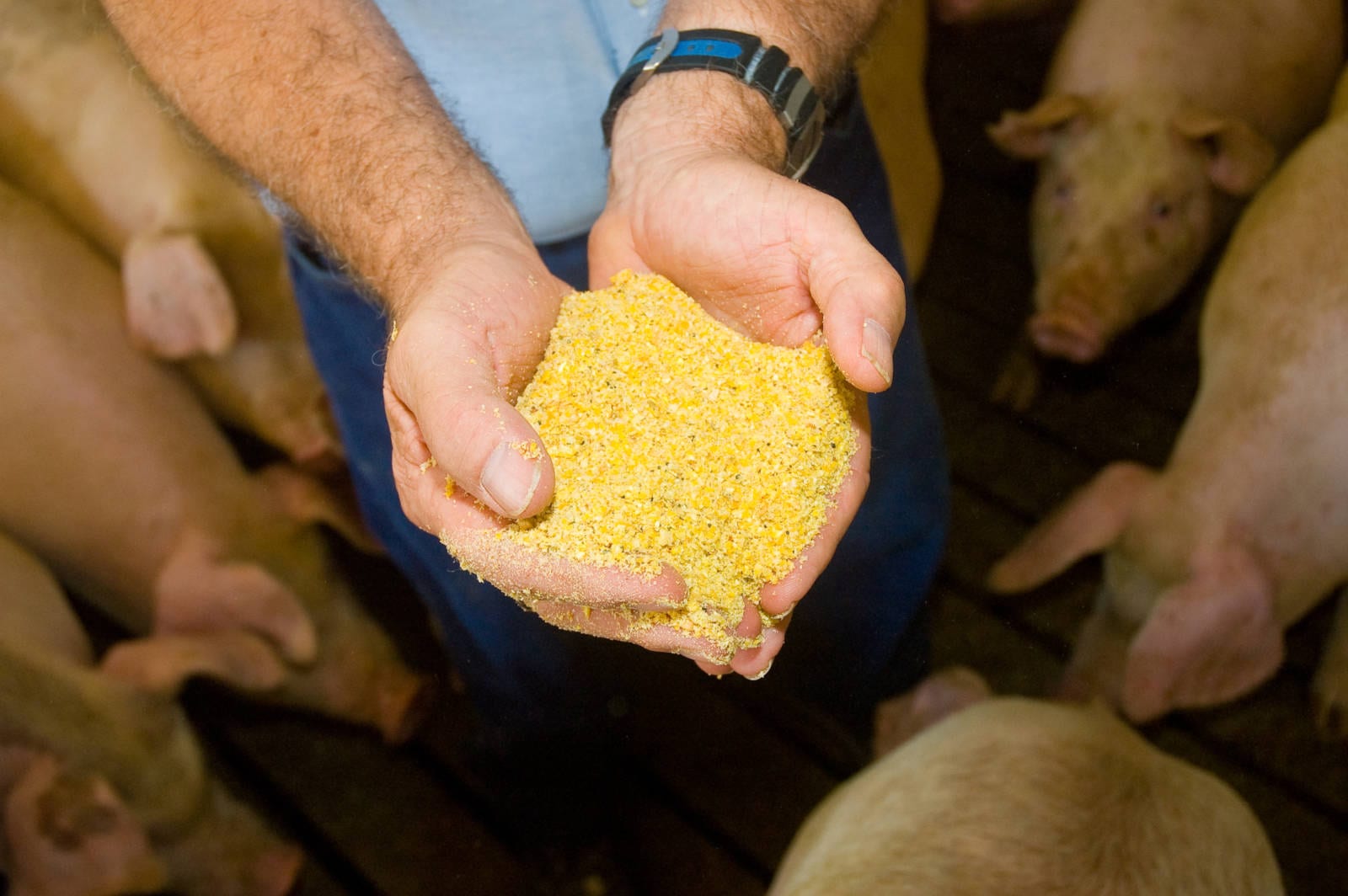Exceptional composition, Reliability and Education Are Keys to Steadily Rising Preference for U.S. Soy in Middle East and North Africa Region
As global demand for soybeans continues to increase, it’s important to remember all export customers are not the same. Buyers in different parts of the world are experiencing the advantages of U.S. soy in different ways and basing their buying choices on specific needs.
“China currently takes about 30 percent of the U.S. soybean crop and we use about 40 percent domestically, so that leaves 30 percent to go elsewhere,” summarizes Matt Ammermann, market analyst for FC Stone, a Fortune 500 financial services firm.
One part of elsewhere is the Middle East/North Africa (MENA) region, where, against this backdrop of international dynamics, U.S. soybean exports have been growing steadily. Over recent years, the region has imported about four percent of all U.S. soybeans annually.
While the U.S. leads in imports to the region, Argentina, Brazil, Paraguay and Ukraine jockey for growth as well, according to Mousa Wakileh of the U.S. Soybean Export Council (USSEC), who works as a regional consultant in Ammann, Jordan. These competitors may currently have an advantage now from an exchange rate issue, he explains, but customers are concerned about reliability.
“The exchange rate may matter less than the consistency and reliability of shipment,” says Wakileh. “If the spread is only a few dinar, the buyer is willing to pay the difference to get the shipment on time. That’s a very important advantage for U.S. soy.” He adds that he often hears stories about bad experiences with shipments from South America.
“You don’t hear that it’s necessarily every load,” he says. “But you hear it from enough people to know that it’s real. It seems everyone has a story.”
Tony Freiji, CEO of Wadi Holdings Co. of Giza, Egypt was willing to share his story, more a compilation of experiences than just one load. Wadi is an integrated buyer of U.S. soybeans for their own poultry production as well as sales of feed to others.
“We have a problem with lack of consistency in both quality and shipping from Argentina,” says Freiji. “The quality is getting better over time, but the reliability is still difficult.” One example of the problem, he says, is that for the third year in a row, soybean meal providers have sent his order in August or September when it was needed in May. “By that time, the fish guys didn’t need it anymore and so all of the sudden I have this huge amount of meal that I need to find a home for.”
Communicating exceptional composition, reliability and value versus cheap alternatives demonstrate the importance of the educational conferences that USSEC began in the region several years ago.
Brent Babb, regional director of Europe, Middle East and North Africa for USSEC says it’s important to live out the message of exceptional composition in relationships throughout the region.
“We deliver a message about how our soybeans’ content is exceptional and we also provide the technical support specific to their need,” he says. “It’s unusual that a U.S. organization with technical knowledge is quite welcome, even in countries where the U.S. has strained relations in general.”
